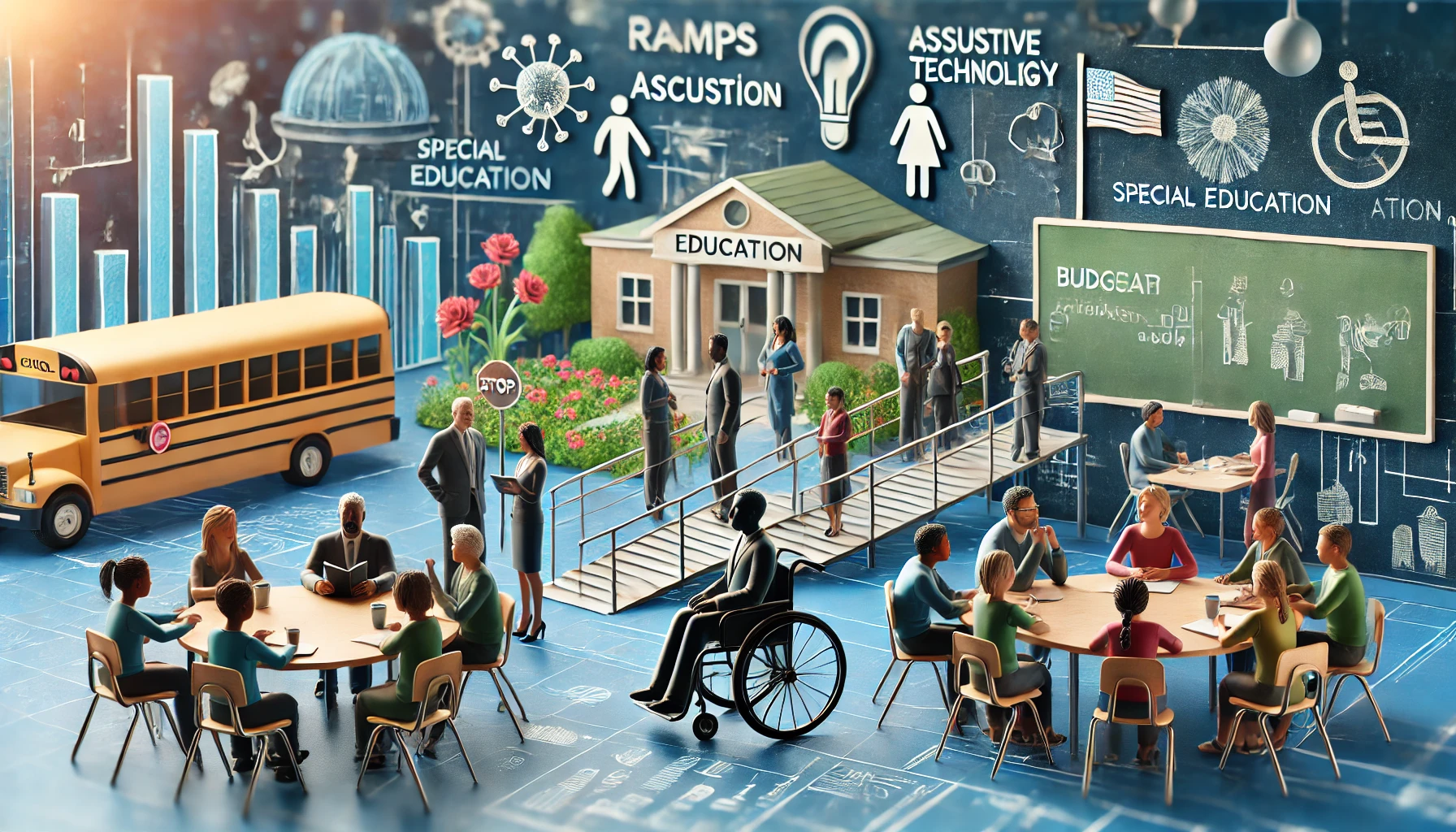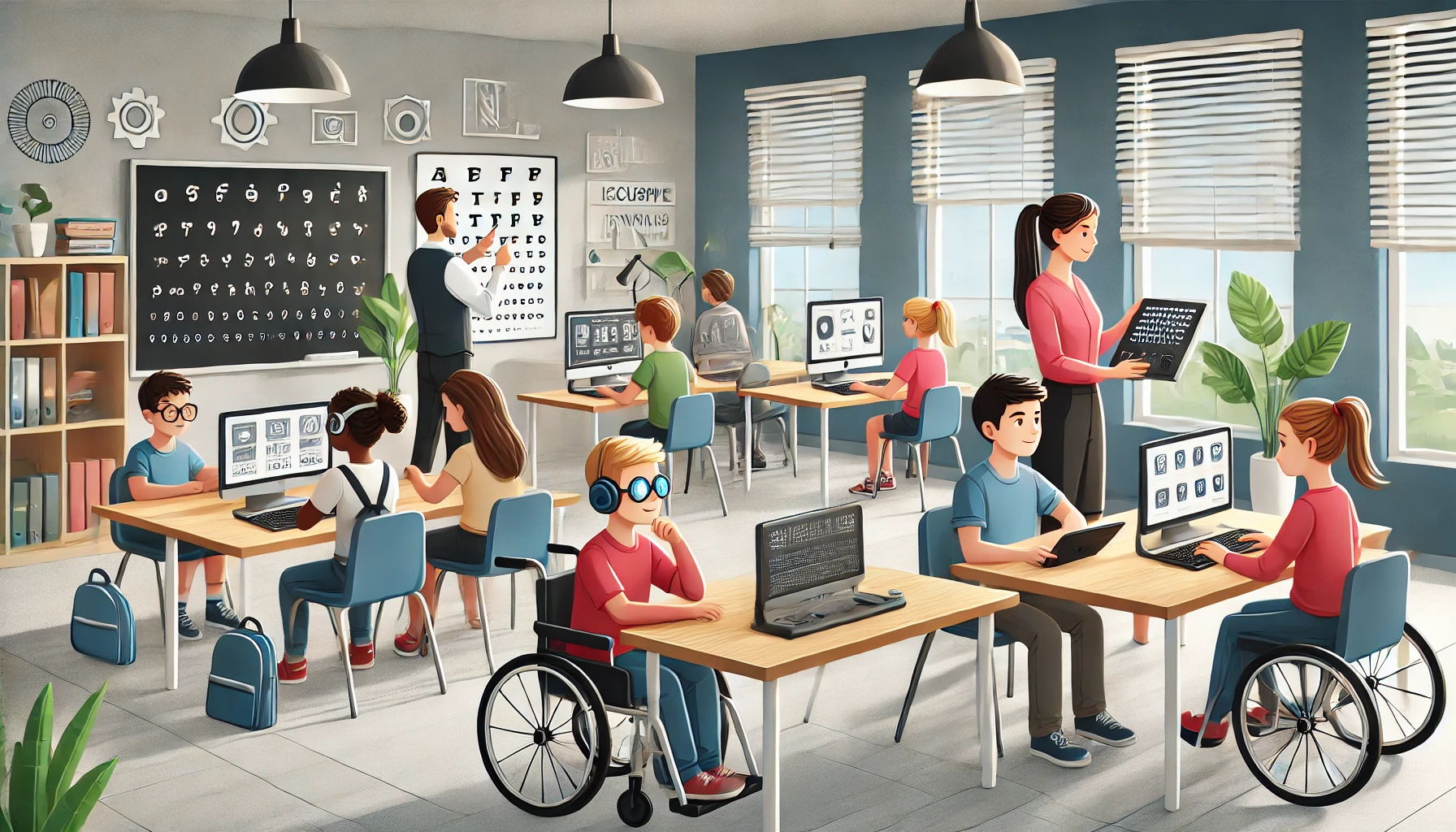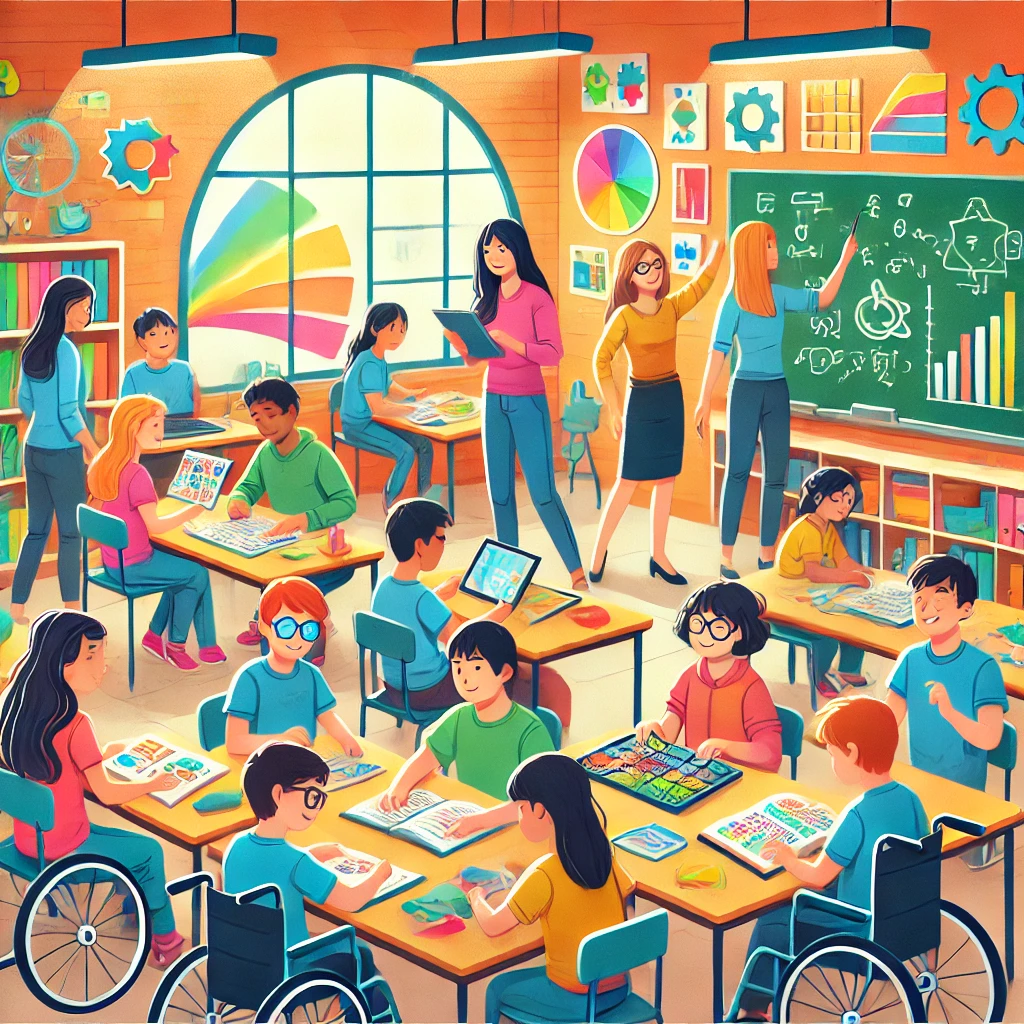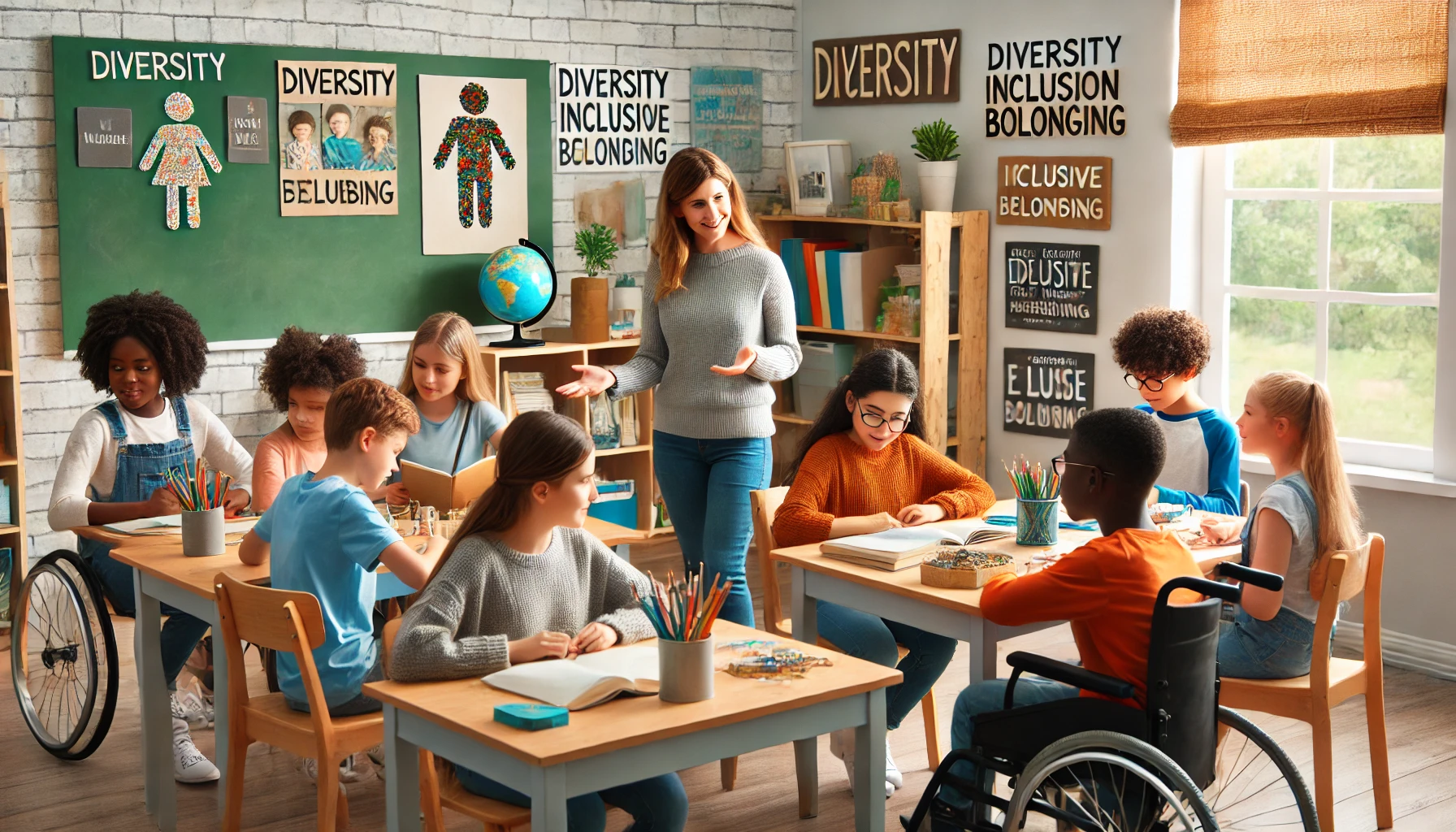Understanding Inclusive Education
Definition of Inclusive Education
I’ve seen firsthand how crucial it is to really get what inclusive education means, especially if you’re a parent or teacher of kids with special needs. Think about it like this: inclusive education is all about making sure every child—no matter their background or differences—gets to learn together in the same classrooms and schools. It’s about ensuring not just equal opportunities, but really focusing on kids who’ve been left out before, like those with disabilities or who speak different languages. Trust me, this is important stuff (UNICEF).
Why Inclusive Education Matters
This is where it gets even more real: understanding why inclusive education is important is like setting the foundation for a classroom where every kid feels like they belong. No matter who they are—race, religion, abilities—it’s about creating a setting that kicks stereotypes to the curb and says, “Hey, you’re valued here.” When schools embrace this sort of inclusion, students blossom both in their studies and as individuals. This isn’t just a warm fuzzy feeling; it’s building a community that’s based on empathy and connection. I’ve seen how inclusion can transform classrooms into places where academic success and personal growth flourish (College of Education, University of Illinois Urbana-Champaign).
The heart of inclusive education is making sure children with disabilities learn side by side with their non-disabled pals in a general classroom setting. Everyone deserves a quality education experience, and inclusive education is all about making sure every person has the chance to hit their stride and make the most of their talents. This not only helps the individual but also adds more richness and depth to the school environment (Quick Campus Online).
Components of Inclusive Education
Hey there! Being a parent, teacher, or someone who cares for a child with special needs can be quite the whimsy. You’ll want to understand the nuts and bolts of inclusive education to create a warm and friendly environment where every kiddo can thrive. Here’s a bit of what I’ve pieced together about making schools a place for everyone.
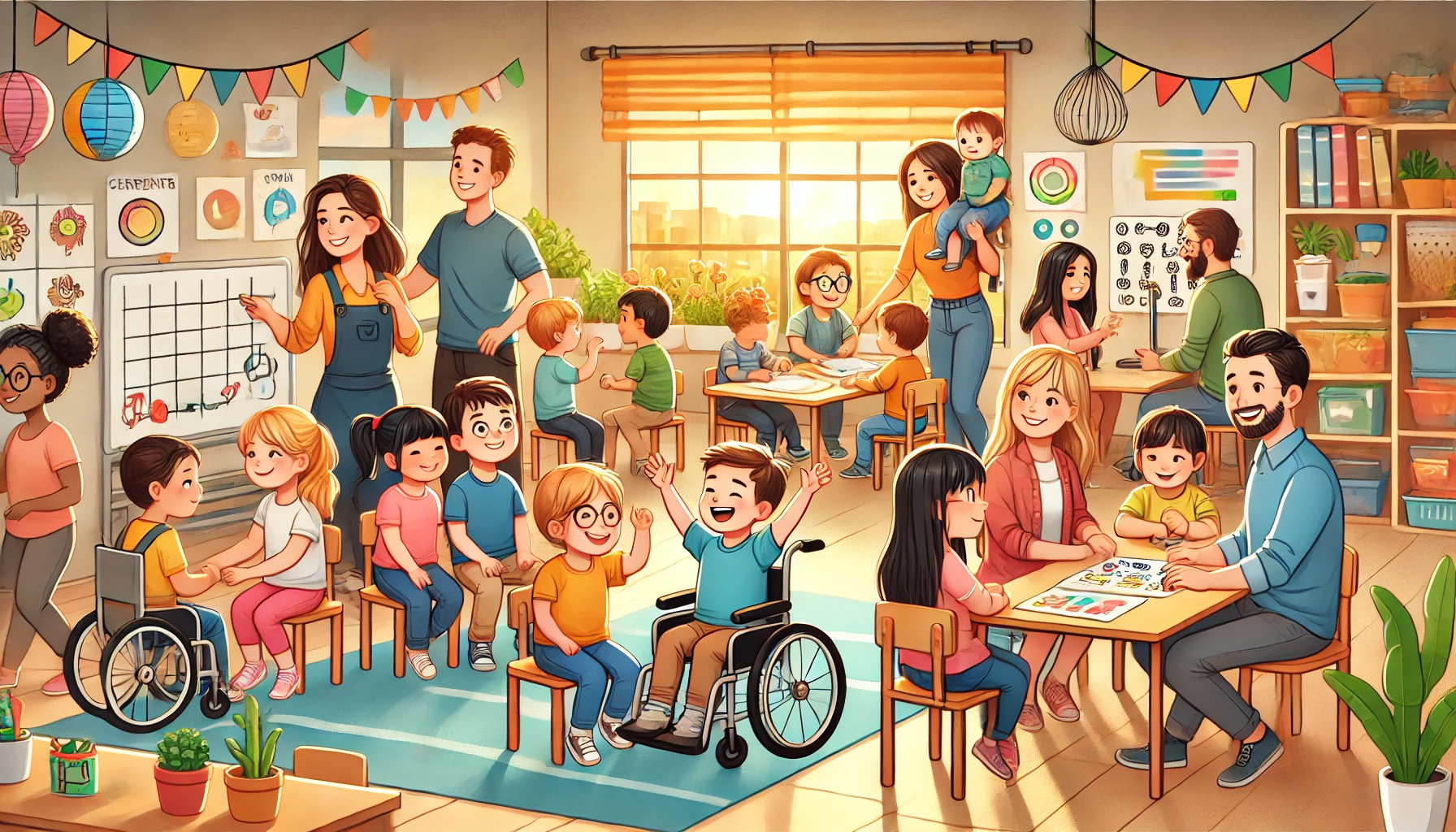
Key Principles
Inclusive education, a concept that UNICEF has given a nod to, is all about having all kids share the same educational space, no matter their differences. So, whether a child has a disability or speaks a different language, they get to learn alongside their pals. It’s all about:
- Treating everyone with fairness
- Teamworking with the gang
- Everyone getting their turn
- Letting the kids have a say
These cover the bases of making sure every kid gets a fair shot at learning, building a school’s team with hands in hands, giving the children a stage to shine, and letting them make calls about their schooling. It’s about making everyone feel they belong—a big hug for students there.
Benefits of Inclusion
Research from Understood shows that having an inclusive classroom benefits everyone in the room—it’s a win-win! Here’s what usually happens:
- Kids don’t ditch school as often
- They get better at the basics like reading and math
- Youngsters stand a better chance of landing a job
- More kids want to hit the books after graduating high school
On top of all that, it plants the seeds of diversity and fairness, recognizing each student’s unique talents and needs. This welcoming setting helps kids grow not just in the books but in friendships too.
By championing inclusion, schools become a place where every child lights up and knows they matter. Let’s stand behind these ideas to make sure every little one finds a cheerleader in their school. This way, every child gets their moment in the sun.
Challenges in Inclusive Education
When working to make schools welcoming to all, we hit some speed bumps that slow down inclusive education practices. These issues don’t just affect students with various needs; they shake up the whole school community. Here’s a peek at three major roadblocks: accessibility issues, prejudice, and money troubles.
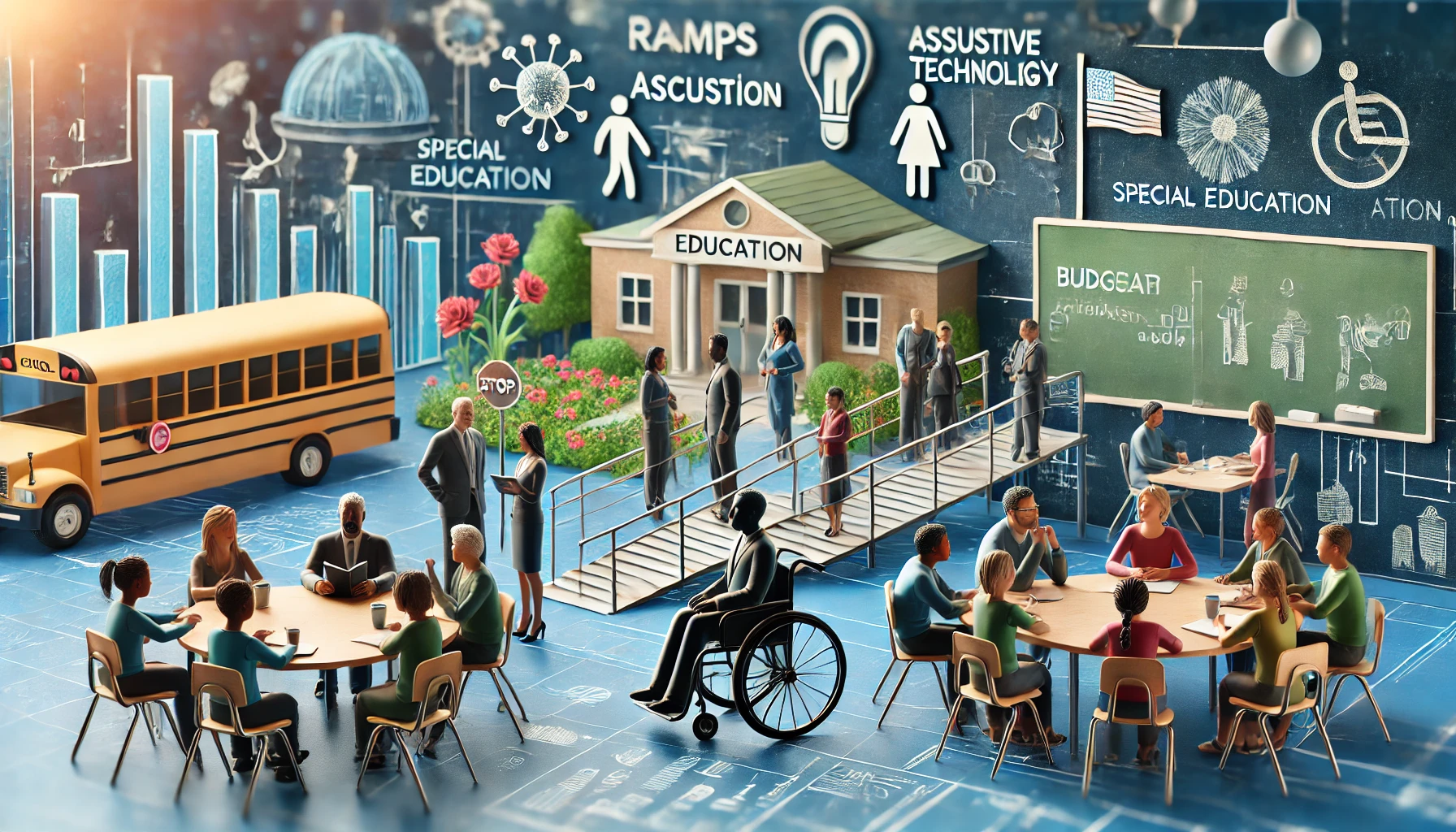
Lack of Accessibility
For many kids with disabilities, getting to class can feel like climbing a mountain, especially when basic things like ramps and adapted buses are missing (Quick Campus Online). Without accessible facilities and support, students might find it tough to join in with school activities or just hang out with their classmates.
To really open up our schools, we need to build them right. Think ramps instead of stairs, elevators where needed, and handy gadgets to help out. Creating classrooms where everyone can feel at home boosts a sense of fairness and brings diversity to the table.
Discriminatory Practices
Unfortunately, biased attitudes towards kids with disabilities can put a damper on all efforts to make schools inclusive. From ugly stereotypes to systemic biases in schools, these outdated mindsets can hinder students’ social life and put a damper on their academic achievements (Quick Campus Online).
This is a team effort. Teachers, parents, lawmakers, and even the guy next door play a part in turning the tide. It’s about creating a vibe of respect and inclusivity. When everyone pitches in, we’re setting the stage for a place where all students’ special talents are recognized and celebrated.
Financial Constraints
Money woes can make the dream of inclusive education tough to pull off. Limited budgets mean schools struggle to meet all students’ needs, from gadgets and services to teacher training (Quick Campus Online). Often, the lack of funds means there’s not enough room to bring new, helpful tools into the classroom.
Solving the money puzzle needs a full-on commitment to making inclusive education a spending priority. With more advocacy, potential grants, and tapping into partnerships, we can make sure cash isn’t what holds us back. Pushing for more inclusive education is more than just a line item; it’s a step toward ensuring all kids, no matter their needs, get a fair shot at a rich learning experience.
Achieving Inclusive Education
When it comes to making schools more welcoming for everyone, the goal is to open doors for all students, no matter their abilities. It’s about finding ways to include everyone, especially those with disabilities, in everyday classrooms and helping them learn, grow, and shine!
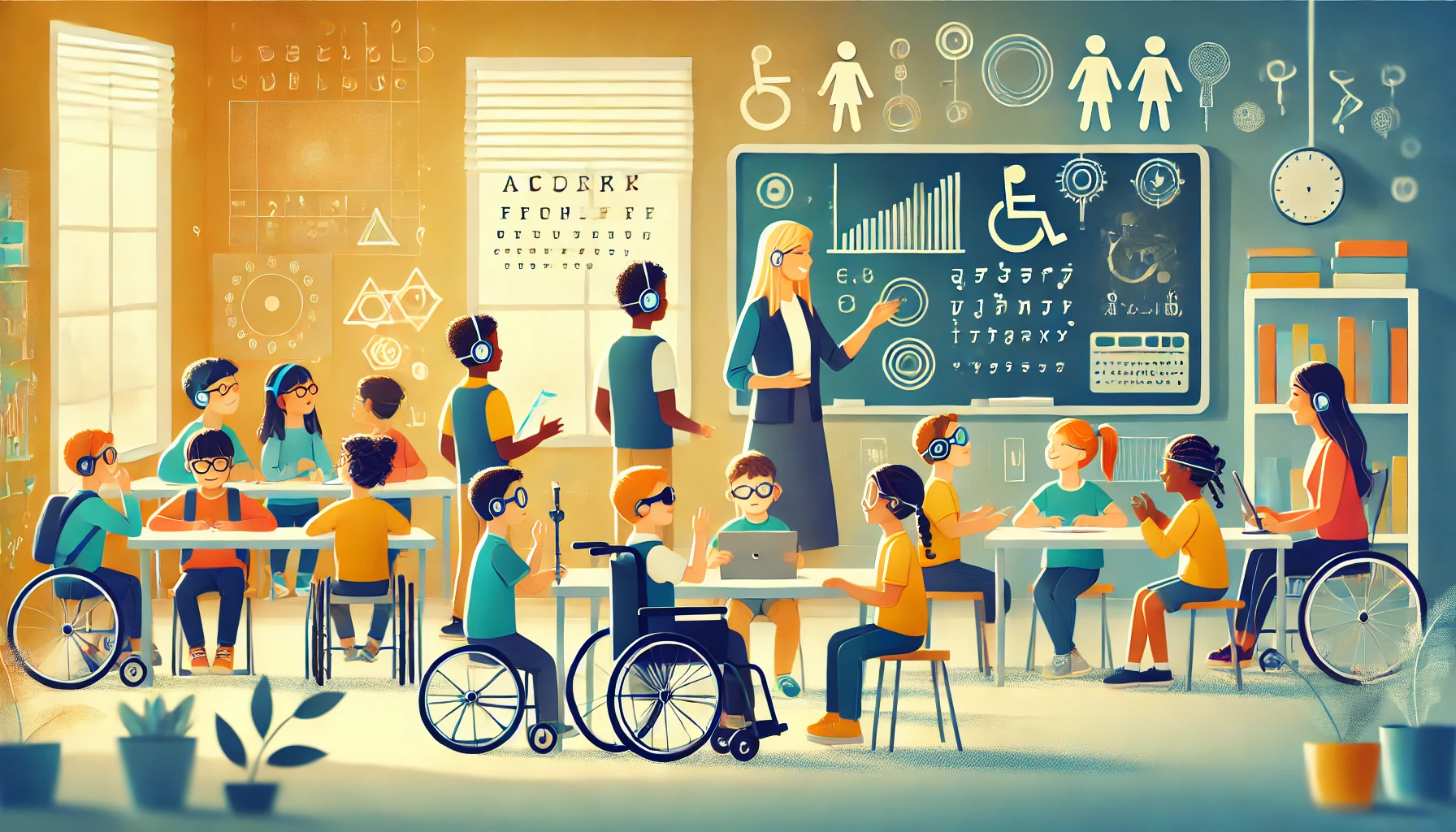
Strategies for Inclusion
Imagine a classroom where everyone feels like they truly belong. That’s what inclusive education is all about. Schools tap into a bunch of tactics to make sure everyone learns together harmoniously—whether you’re walking, rolling, or learning in your own unique style. It’s like putting together the ultimate celebration where no one feels like they’re left standing outside. Schools that really nail this use inclusive strategies to make sure every kid feels like a part of the puzzle, clicking in perfectly with their classmates.
Overcoming Barriers
Getting it right isn’t always a walk in the park. Challenges pop up, like when resources aren’t disability-friendly or the system accidentally makes anyone feel like the odd one out. Sometimes, money’s tight, making it harder to fund programs that hit all the right notes. Tackling these hurdles takes smart thinking and a refresh of how we do things, making sure schools are spots where everyone stands a chance at success—just like everyone else.
Promoting Diversity and Equity
At the core, inclusive education’s all about recognizing that each student—no matter where they come from or what they can do—adds a fresh color to the school’s rainbow. By giving each kid a voice and a seat at the table, schools kick-up a vibe that’s all about sharing, learning from each other, and sticking together. This kind of environment ramps up the learning experience for everyone, making space for acceptance and respect to blossom.
So, what’s the takeaway? Making education inclusive takes a team effort to mix in strategies, bulldoze obstacles, and fly the flags of diversity and fairness high. When schools throw their doors wide open and rock the principles of inclusivity, all students get their moment to shine and achieve what they dream of.
Role of Teachers in Inclusion
In the cozy nook of inclusive education, teachers have a superstar job, sparking learning for every student, including those who need a little extra help.
Importance of Teacher Training
Teachers gotta keep up with their learning game, too. Continuous training helps teachers grab the skills they need to make sure every kid feels like they belong, even in a room full of different faces and minds. With these skills, they can spot when a student is checking out mentally, lend a hand to those on the edge of falling behind, and foster a classroom vibe that celebrates everyone’s one-of-a-kind-ness.
Creating Inclusive Learning Environments
Teachers have the magic to create classrooms where every student feels like they’re part of the gang. Think of it like weaving a social safety net, especially for kids like those Ukrainian students trying to find their ground in a new place. By growing an environment full of belonging and warm welcomes, teachers help all the kids not just learn, but feel taken care of in every way, heart and mind.
Promoting Student Well-Being
The bright minds over at the National Center for Education Statistics (NCES) found that students in inclusive settings are often kinder and worry less. That’s some real power there, making schools a spot where kids turn into caring and relaxed people. Teachers can back up student happiness with some cool strategies in their classrooms. Picture group work that lets everyone pitch in, stories and books that everyone’s invited to enjoy, tools that adjust to how each kid learns best, inclusive lingo that doesn’t leave anyone out, and classrooms buzzing with safe chats and high-fives for every culture and background.
It’s no surprise teachers are the motors driving inclusive education forward—they have an endless thirst for learning, and they’re always seeking to create welcoming spaces prioritizing every student’s well-being. Their unflagging passion to lift up all facets of diversity and fairness ensures that every kid gets the full deal of an education that’s fair and rich for everyone involved.
Success Stories of Inclusive Education
In the world of inclusive education, there’s no shortage of heartwarming tales that demonstrate how everyone benefits when we learn together. These stories highlight just how much students with special needs and their classmates gain from an open and welcoming school experience.

Impact on Students
The folks over at the National Center for Education Statistics (NCES) have dug into how powerful inclusive classrooms can be. They discovered that students are not just 7% more likely to show empathy, but they also feel less anxious and down. Who knew that learning together could boost both brains and hearts (College of Education, University of Illinois Urbana-Champaign)? These findings remind us that when we all pitch in to make everyone feel included, we raise socially savvy kids who are both book-smart and emotionally stable.
Benefits for All
Guess what—it’s not just students with special needs who reap the benefits of an inclusive setup! Everybody in the classroom wins. Studies point out that when everyone is included, teamwork flourishes, making the educational ride better for every single student. Attendance goes up, reading and math scores shine, getting a job after school becomes more likely, and continuing education past high school seems a lot less daunting (Understood). By setting goals high and tailoring support for each student through things like personalized instruction and team-teaching, inclusive education opens doors for everyone to succeed, both in school and life.
Strategies for Effective Inclusion
To nail this inclusive education gig, schools need to whip up strategies that foster a vibe of kindness, fairness, and welcoming diversity. By sure, classrooms become places where students proudly display their uniqueness through group work, diverse literature, and materials, adapting to various ways of learning, and ensuring resources are friendly for those with disabilities (College of Education, University of Illinois Urbana-Champaign). With inclusive language, open chats about tough topics, and celebrations of different cultures, educators set the stage for a learning environment that cherishes diversity and nurtures respect among students.
The tales of triumph in inclusive education are all about how they change lives—for students, teachers, and the school at large. By holding tightly to the values of inclusion, we weave a learning space where everyone shines for their distinct talents, pasts, and capabilities.

